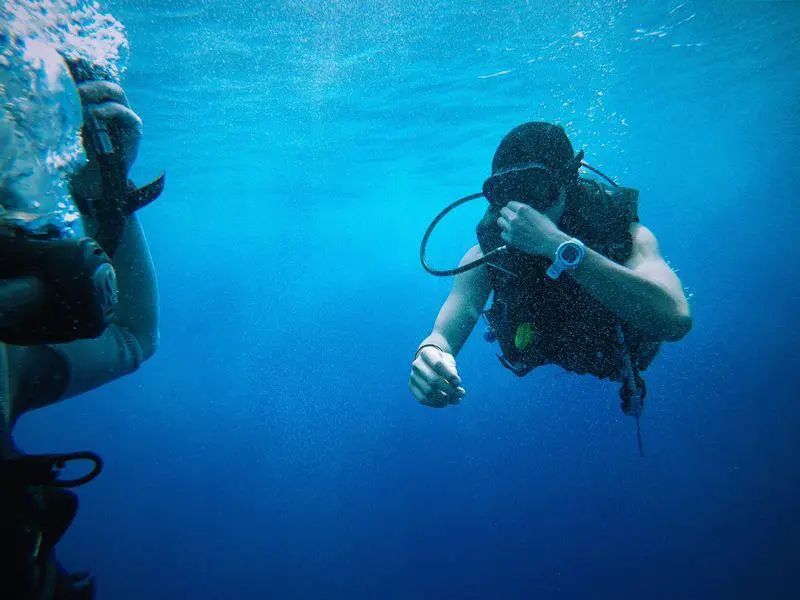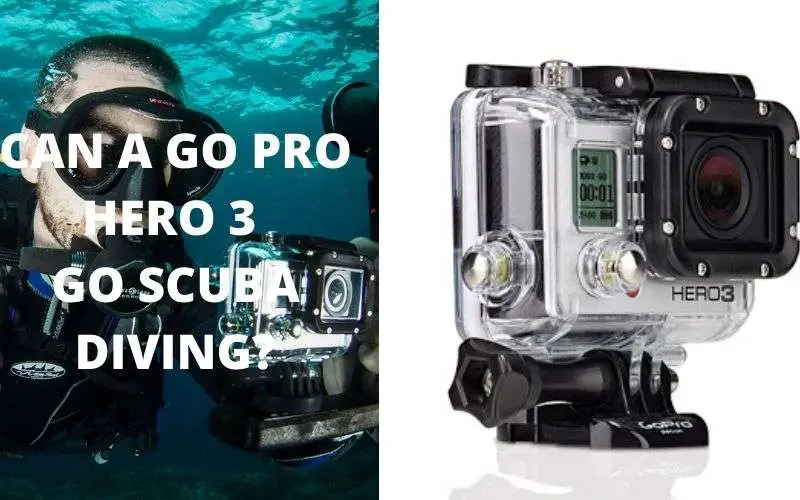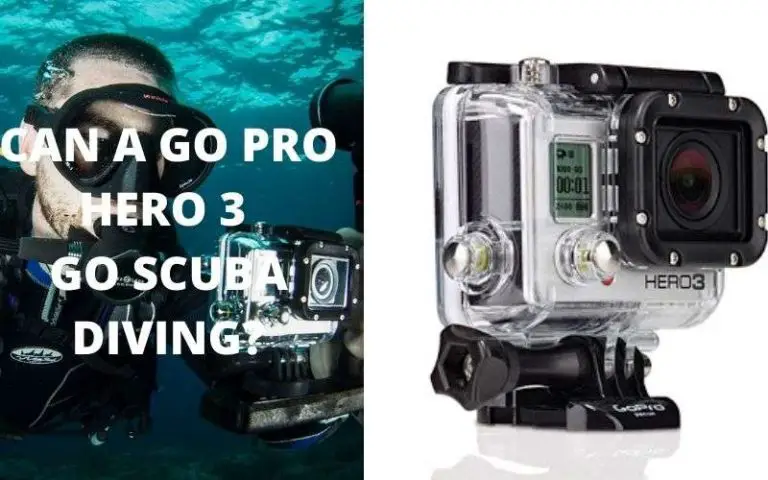
Diving into deep waters is fun and a sport. People who love water sports are really fond of it.
The majority of the people fail to get most of the benefits because they cannot feel it safe or they are not able to follow its rules. For me, Scuba diving is a fun-loving activity and a safe sport. It is highly wonderful and entertaining as long as a person follows the rules.
One of the most common problems that scuba divers face at the start is the failure to equalizing the ears.
I see several scuba divers learning scuba equalizing. To be a scuba diver, this is the first step. As per my experience, the diver feels difficulty in getting a master’s in equalizing. The majority of the divers learn and practice it repeatedly but this one scuba skill that everyone can practice anywhere.
At the start when I was learning scuba diving, I used to practice in front of a mirror. In this way, I was able to watch my throat muscles. It is the best practice for new learners.
If you are a new learner, then you need tips? You are not the one who is suffering from this issue.
The majority of the scuba divers at the early stage have trouble clearing ears, underwater or equalizing. In fact, it is the most usual issue that divers have.
Let’s have a look at some basic diver physiology. When someone fails to create pressure in the middle ear to match the developing pressure in the surrounding, the result is in potential damage and pain to the sensitive mechanism of the ear.
Earn more about the scuba equalizing, its significance and reason to be equalized before going on the tips.
What is Scuba equalizing?
In Scuba diving, it is vital to equalize pressure between the underwater environment and inside the ear. Underwater is not a type of environment that the human body adapts.
The human ear struggles to maintain balance and pressure as deep as you go.
The human ear has a natural ability to reimburse external pressure from the surrounding world and it happens mostly without notice.
This is the reason, it is important to learn how to equalize properly and frequently. If your body does not equalize properly or going down without equalizing the ears then there will be damage of ears.
It can result in slight bruising, burst or torn eardrums. It is treatable within one to three weeks. With the use of the antibiotics, the ear will be treated. You need to keep it dry and take rest.
How does equalizing work?
Human ear tissues of middle ears absorb Oxygen and lower down the air pressure in the spaces. When a person swallows the muscles of the soft palate pull one’s Eustachian tube open. This factor allows air to move from throat to middle ears and equalize the pressure.
The wrong equalization occurs and a person feels pain in ear. It Causes plasma or blood leaks into the middle ear as the body takes to equalize the pressure. Once the rube is closed there is no way to open it again without reliving the outside pressure.
I always prefer to avoid any harm to ear and it is good to pinch your nose after a short period when I was a new learner in scuba diving.
As per my experience, it is good to follow these ways to mater your dive really work. Water pressure increases as a diver go deep and the only method to equalize it if by pushing your ear tubes outward. It is a tunnel that is in the middle ear to the back ear.
What is the key to equalizing?
Your key to equalizing is to open the closed eustachian tube. It allows pressure air from your throat to enter your middle ear.
The instructors teach their learners to equalize and divers can equalize their nose and blow gently.
The Valsalva Maneuver forces the tubes and expose it with air pressure. This is the true mechanism for maintaining ear pressure. The better method is to utilize throat muscles to wrench your eustachian tube open the way nature envisioned by swallowing. In a day, it is simple to do hundreds of times.
Your instructor will guide you to do so. The instant pressure vagaries of scuba diving. It is more challenging. Now you are ready to get the tips.
What to listen to first?
Yes, listen to pop. Make sure that you can hear the click or pop in both of the ears when you swallow and you board the boat. It means both of your Eustachian tubes are working and open. Now, you are ready to dive.
Start practicing early
What to practice?
You should start practicing some hours before. It is good to prepare your ears for equalizing. It is a great value to help to reduce the risk of the block early on the descent.
Divers can chew gum between dives.
Equalizing at the surface
Pre-pressurizing at the surface assists getting you past the initial few feet of descent. In this way, you will be able to dump easily and clear your mask. It inflates your tubes so these are slightly big. In this way, you will be able to pressurize gently.
Descend Feet first
Air inclines for rising up your Eustachian tube and fluid mucus inclines to drain downward. As per modern research, a Valsalva maneuver needs 50% more force when someone is in a head-down position as compared to the head-up.
Where to look?
A diver should look upwards. If you extend your neck, it will tend to open the Eustachian tube.
What to use?
Utilize a decent line. Mooring line or dragging your body down an anchor assist controlling your descent rate.
It accelerates more easily and you will realize it. A line assists divers in stopping their descent rapidly if they feel the pressure. Learn the middle ear equalization.
It is a basic need to get the driver skill that allows the pressure equalizations in the middle ear spaces and sinuses with the ambient pressures.
To pull you in a descent line, there are several techniques like Voluntary Tubal opening, frenzal Maneuver, Edmonds Technique, and Toynbee Maneuver. All these techniques are helpful to get scuba equalizing.
Stay ahead
Maintain a positive pressure in the middle ear. It is an easy way to equalize by staying ahead.
Stop if it is hurting
Do not try to if you feel pain. Due to the pressure, your tubes are closed and the result will be in the form of barotrauma. If you feel pain in your ear then ascend some feet above and take try to equalize again.
One of the most important things here is to avoid using alcohol and tobacco. Its smoke makes more mucus in your air. Alcohol irritates your mucous membranes and promotes more mucus.
It blocks your tubes in both ears. Your mask must be clear. Water up irritates your mucous membranes. It produces more mucus that can clog your ear.
Divers should avoid taking some foods including milk. It improves mucus production in the body. A diver must take care of these things. If you take of these things and fitness before diving, you will attain equalizing very easily.










